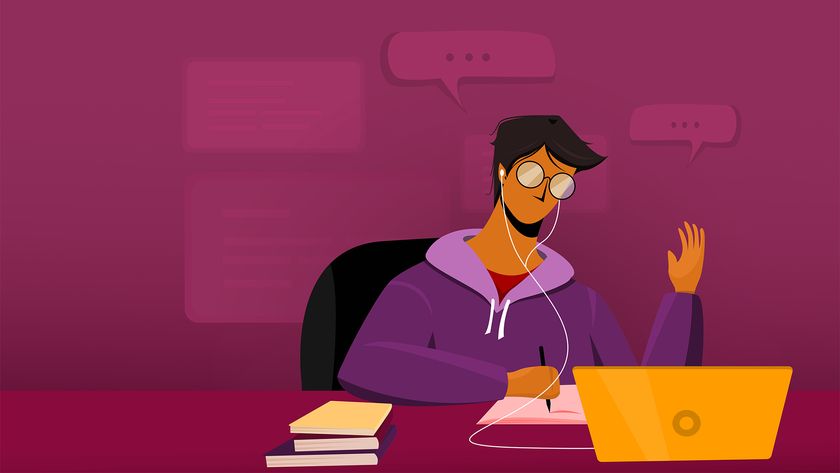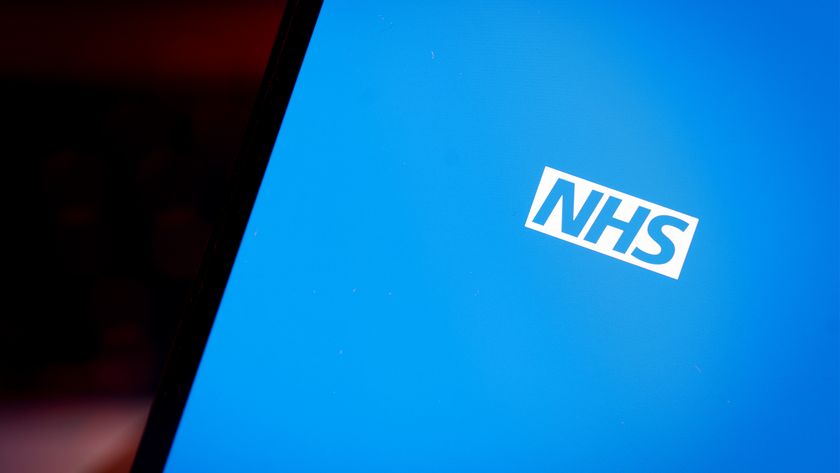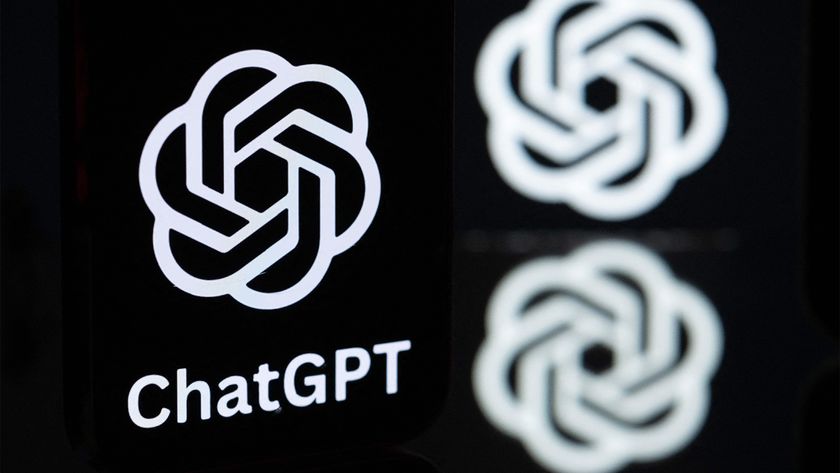Scientists demo quantum network prototype
German researchers use atoms, photons and fibre optic cables to create quantum network.
The research team overcame this using a reflective cavity. When the photon arrives at the end point, it can be reflected thousands of times, improving the likelihood of it interacting with the rubidium atom.
While Ritter said the cavity enhanced the coupling between the photon and the atom, the scientists still only achieved a successful quantum state around 0.2 per cent of the time.
Another test, potentially more useful, showed how emitted photons were used to entangle rubidium atoms. These entangled particles copy the quantum state of their partner atoms over large distances. In theory, such entanglements could form the basis of a network with zero latency and mitigate the inconsistency of single atoms.
This could lead to a network of "quantum repeaters" that use entanglement, rather than photons, to transmit data between places in an instant.
"Entanglement of two systems separated by a large distance is a fascinating phenomenon in itself. However, it could also serve as a resource for the teleportation of quantum information," said Ritter.
"One day, this might not only make it possible to communicate quantum information over very large distances, but might enable an entire quantum internet," he added.
Get the ITPro. daily newsletter
Sign up today and you will receive a free copy of our Focus Report 2025 - the leading guidance on AI, cybersecurity and other IT challenges as per 700+ senior executives
Rene Millman is a freelance writer and broadcaster who covers cybersecurity, AI, IoT, and the cloud. He also works as a contributing analyst at GigaOm and has previously worked as an analyst for Gartner covering the infrastructure market. He has made numerous television appearances to give his views and expertise on technology trends and companies that affect and shape our lives. You can follow Rene Millman on Twitter.
















